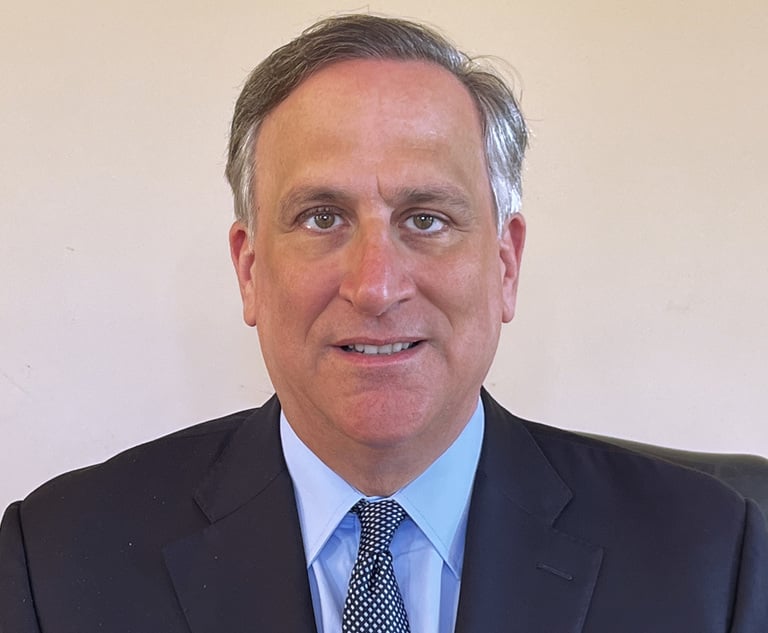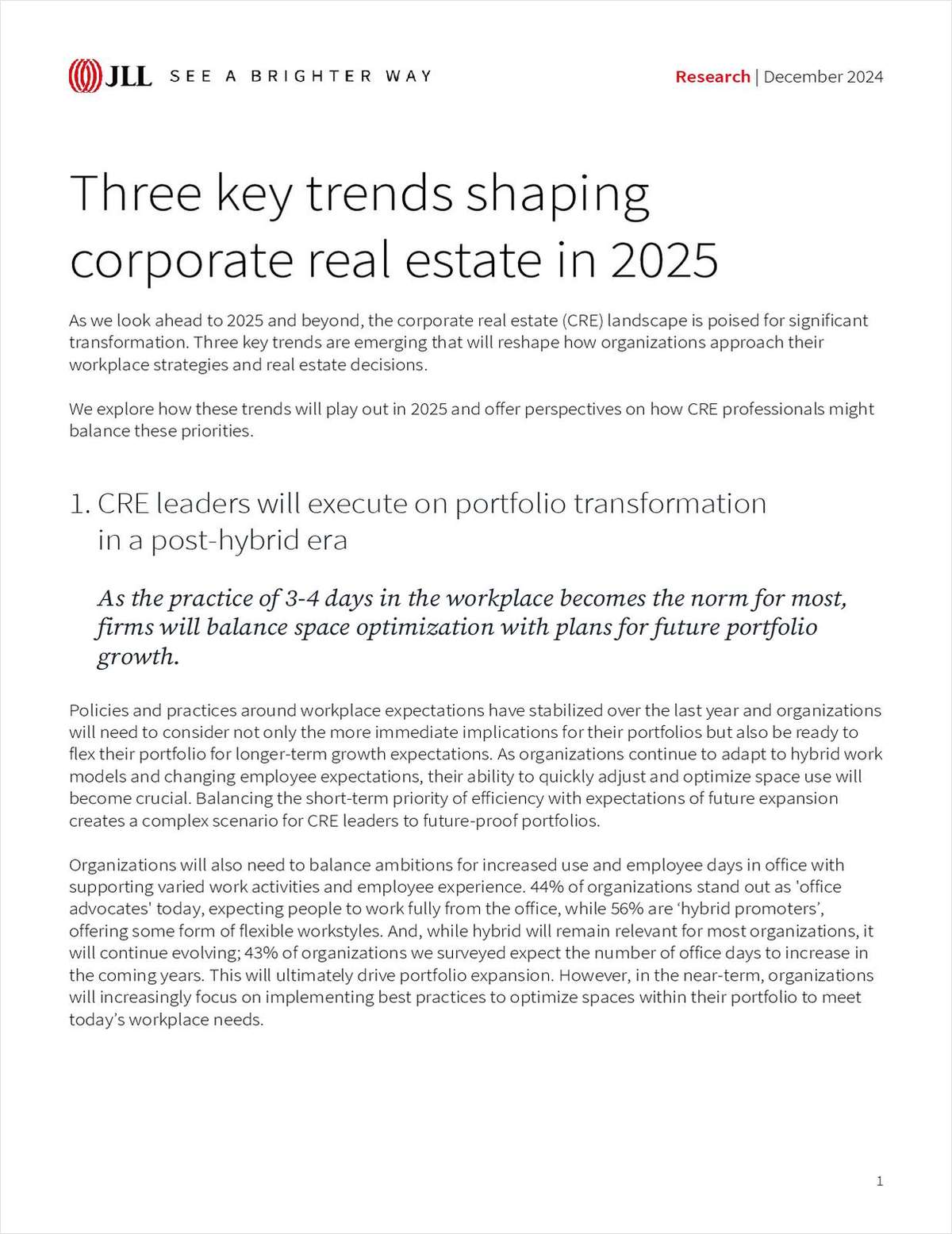Algorithmic Accountability: The Next Information Access Battleground
Companies that create algorithms that implement public policy should not expect blanket protection from freedom of information review simply because of underlying intellectual property rights.
November 09, 2018 at 02:00 PM
5 minute read

What are algorithms, and why should we care? In a simple definition, they are sets of steps to complete a task or solve a problem. The problem can be as simple as the process of making a peanut butter and jelly sandwich, or as complex as a Google search algorithm that hunts through myriad websites for words that relate to your search terms.
Their influence on our lives is subtle, and pervasive. They are at the root of computer science and they create many of the everyday miracles that have changed our lives lately, such as the GPS system that gives you directions, or the code compilations behind internet marketing, social media innovations and computerized customer service.
Algorithms also assist government in making public policy decisions on our behalf. For example, in criminal courts, algorithms are used when a DNA sample is contaminated, as in a mix of several people's biomatter. Suddenly, complex math programs are critical in the process of deciding guilt or innocence. After a person is convicted, algorithms help officials decide on the likelihood of recidivism and help direct the range of choices between maximum security prison and releasing a prisoner into the community. As such, they are very important to the lawyers, courts, journalists and scholars engaged in finding what's actually true.
But who gets to test an algorithm's soundness?
Before computers and apps became so pervasive, the primary sources of information were usually words or images on paper. Citizens, scholars and journalists could research court records or make freedom of information requests for government agency files. But as we increasingly rely on software solutions from Silicon Valley to make important decisions, a tremendous amount of accountability is being lost.
Almost without exception, the computer “source code” behind an algorithm is commercially protected and all but unfathomable. That's due both to scientific complexity and the proprietary shield afforded intellectual property. This affects real people in real ways.
Take the example of Mayer Herskovic, a young father and home heating technician who's also a Hasidic Jew. He was facing four years' imprisonment for the 2013 beating of Taj Patterson, then 22, an African-American fashion student in the Williamsburg section of Brooklyn.
On a night in November, members of a neighborhood watch group made up of Hasidic Jews saw Patterson in their neighborhood. Under the mistaken belief that he was vandalizing cars, they pursued him. They beat him so severely Patterson lost an eye. Herskovic contended he was innocent and never there. The only evidence linking him to the crime was an extremely small amount of DNA swiped from Patterson's Air Jordan sneaker.
It amounted to 97.9 picograms of material. A picogram is one trillionth of a gram. It was analyzed under an algorithm contained in the New York City Medical Examiners Office's proprietary software known as the Forensic Statistical Tool (FST) designed to analyze minuscule, degraded or mixed samples of more than one person's DNA.
According to reporting done by the investigative journalism project Pro Publica, Herskovic was targeted by two confidential police informants. Neither testified at his trial and thus were not confronted or cross-examined. Nor could the FST software be cross-examined, and after analysis by an independent software expert in a separate case, it was discontinued starting in 2017, in favor of an FBI-endorsed test for mixed DNA.
Herskovic's appellate lawyer successfully argued the algorithm's reliability was never tested on a closely related population such as Brooklyn's Hasidic Jews, who have many common ancestors, and therefore much of the same DNA. The conviction was eventually overturned on appeal.
“This case is a poster child for how 'DNA evidence' can literally be fabricated out of thin air, and how statistics can be manipulated to create a false impression of 'scientific evidence' of guilt,” Donna Aldea told Pro Publica reporter Lauren Kirchner.
(Some algorithms for calculating trace DNA are not proprietary and are held in the public domain through the Creative Commons as open source, for all to see.)
The federal and state governments purchase proprietary software to help evaluate risk and make decisions such as which prisoners should be held in high security and who should be in halfway-house facilities. Other software evaluates security issues and risk-management decisions.
The companies that create algorithms that implement public policy should not expect blanket protection from FOI review simply because of underlying intellectual property rights. There needs to be a balancing of interests, and potential flaws or biases in the algorithms need to be discoverable.
When bidding for software products, Connecticut's state government agencies should consider structuring those bids to put bidders on notice of the potential for public FOI analysis of the underlying assumptions and weighting factors of the algorithm. Anything less would undermine necessary public protections and accountability.
This content has been archived. It is available through our partners, LexisNexis® and Bloomberg Law.
To view this content, please continue to their sites.
Not a Lexis Subscriber?
Subscribe Now
Not a Bloomberg Law Subscriber?
Subscribe Now
NOT FOR REPRINT
© 2025 ALM Global, LLC, All Rights Reserved. Request academic re-use from www.copyright.com. All other uses, submit a request to [email protected]. For more information visit Asset & Logo Licensing.
You Might Like
View All
ADVANCE Act Offers Conn. Opportunity to Enhance Carbon-Free Energy and Improve Reliability With Advanced Nuclear Technologies

Trending Stories
- 1January Petitions Press High Court on Guns, Birth Certificate Sex Classifications
- 2'A Waste of Your Time': Practice Tips From Judges in the Oakland Federal Courthouse
- 3Judge Extends Tom Girardi's Time in Prison Medical Facility to Feb. 20
- 4Supreme Court Denies Trump's Request to Pause Pending Environmental Cases
- 5‘Blitzkrieg of Lawlessness’: Environmental Lawyers Decry EPA Spending Freeze
Who Got The Work
J. Brugh Lower of Gibbons has entered an appearance for industrial equipment supplier Devco Corporation in a pending trademark infringement lawsuit. The suit, accusing the defendant of selling knock-off Graco products, was filed Dec. 18 in New Jersey District Court by Rivkin Radler on behalf of Graco Inc. and Graco Minnesota. The case, assigned to U.S. District Judge Zahid N. Quraishi, is 3:24-cv-11294, Graco Inc. et al v. Devco Corporation.
Who Got The Work
Rebecca Maller-Stein and Kent A. Yalowitz of Arnold & Porter Kaye Scholer have entered their appearances for Hanaco Venture Capital and its executives, Lior Prosor and David Frankel, in a pending securities lawsuit. The action, filed on Dec. 24 in New York Southern District Court by Zell, Aron & Co. on behalf of Goldeneye Advisors, accuses the defendants of negligently and fraudulently managing the plaintiff's $1 million investment. The case, assigned to U.S. District Judge Vernon S. Broderick, is 1:24-cv-09918, Goldeneye Advisors, LLC v. Hanaco Venture Capital, Ltd. et al.
Who Got The Work
Attorneys from A&O Shearman has stepped in as defense counsel for Toronto-Dominion Bank and other defendants in a pending securities class action. The suit, filed Dec. 11 in New York Southern District Court by Bleichmar Fonti & Auld, accuses the defendants of concealing the bank's 'pervasive' deficiencies in regards to its compliance with the Bank Secrecy Act and the quality of its anti-money laundering controls. The case, assigned to U.S. District Judge Arun Subramanian, is 1:24-cv-09445, Gonzalez v. The Toronto-Dominion Bank et al.
Who Got The Work
Crown Castle International, a Pennsylvania company providing shared communications infrastructure, has turned to Luke D. Wolf of Gordon Rees Scully Mansukhani to fend off a pending breach-of-contract lawsuit. The court action, filed Nov. 25 in Michigan Eastern District Court by Hooper Hathaway PC on behalf of The Town Residences LLC, accuses Crown Castle of failing to transfer approximately $30,000 in utility payments from T-Mobile in breach of a roof-top lease and assignment agreement. The case, assigned to U.S. District Judge Susan K. Declercq, is 2:24-cv-13131, The Town Residences LLC v. T-Mobile US, Inc. et al.
Who Got The Work
Wilfred P. Coronato and Daniel M. Schwartz of McCarter & English have stepped in as defense counsel to Electrolux Home Products Inc. in a pending product liability lawsuit. The court action, filed Nov. 26 in New York Eastern District Court by Poulos Lopiccolo PC and Nagel Rice LLP on behalf of David Stern, alleges that the defendant's refrigerators’ drawers and shelving repeatedly break and fall apart within months after purchase. The case, assigned to U.S. District Judge Joan M. Azrack, is 2:24-cv-08204, Stern v. Electrolux Home Products, Inc.
Featured Firms
Law Offices of Gary Martin Hays & Associates, P.C.
(470) 294-1674
Law Offices of Mark E. Salomone
(857) 444-6468
Smith & Hassler
(713) 739-1250












